Convenience Store speaks to retailers who have developed some smart food safety systems to minimise the hygiene risks in their chillers
Maintaining food hygiene standards may be a box-ticking exercise, but it’s an essential one.
Some 15% of stores have a hot food-to-go counter and with 30% of stores having more than 10m of refrigeration in 2015, versus 16% in 2014, according to the Association of Convenience Stores’ latest Local Shop Report, it’s clear that managing food hygiene and safety in today’s convenience stores is far more than just ensuring your milk cartons are regularly rotated.
There is numerous legislation that retailers must adhere to, from the Food Safety Act 1990 to the EU Food Information Consumers Regulation, all with a common set of objectives.
Ultimately, the food you sell must be safe for customers to eat, and all staff must be trained on how to comply with the law. Furthermore, you need to have a ‘documented food safety management system’ in place to outline all of the food hazards present in the business and set out how they are controlled. This can be the Food Standard Agency’s ‘Safer food better business’ document, which can be downloaded at www.food.gov.uk/business-industry/caterers/sfbb/sfbbretail.
The Association of Convenience Stores’ Assured Advice document on ‘managing food safety and hygiene’ also provides a user-friendly and comprehensive guide to food hygiene.
With so much information at your fingertips, it can be easy to panic. But getting your chilled food hygiene tip top doesn’t have to result in a meltdown.
“Food safety and hygiene is a minefield,” agrees Sylvia Anderson, md at consultancy Anderson Hygiene, which advises Waitrose and Wholefoods. “But a lot of it is common sense. You need to have a system with all the hazards identified and controls in place to run a good business.”
One retailer who has developed an impressive system of methods and processes to adhere to food safety and hygiene regulations is Chaz Chahal. “Good record-keeping is key to maintaining and demonstrating high standards of hygiene and cleanliness,” says the Costcutter and Simply Fresh retailer.
In his Bromsgrove store in the West Midlands a large printed mock-up of the store which shows the layout shelf by shelf is prominently displayed in the staff area.
“Cleaning is a continual process, and staff use a highlighter pen to clearly show each shelf that they have cleaned as soon as they have finished the task. It means that me and the team can see at a glance which bits have been cleaned and when, making it easy for us pick up where others have left off,” he says.
At his Kidderminster store Chaz is about to take a zoned approach to cleaning, with each staff member made the ‘Cleaning Champion’ of their own specific area.
Chaz claims chiller hygiene is one of his hottest priorities, particularly as he looks to expand the amount of stock he carries.
“Your chiller is like your bathroom at home; you should maintain high standards so that it’s spotless at all times,” he says.
“The milk chiller is a particular area of focus. It’s easy for it to become dirty with milk drips so we deep clean it once a week as there’s nothing more off-putting to shoppers than a dirty-looking chiller, let alone the hygiene risks that it could present.”
Computer science
In Cambridgeshire, Jamie and Anish Keshwara have invested in technology to ensure chiller temperatures remain at below 8°C. “We used to have a chart so we’d have written documentation, but since the refit we invested in an all-singing, all-dancing BMS computer management system,” says Anish. “It has sensors which sound an alarm if the temperature drops and it sends us a text. It’s saving us time and it’s safer - if anything happens in the middle of the night we’ll get a text.”
Thanks to the sensors they managed to save about £3,000-worth of stock recently when a freezer tripped in the middle of the night and they were alerted to the failure by text.
Another tip is monitoring stock as it arrives. The Keshwaras check the temperature of any chilled product as it is delivered. “We check every delivery’s temperature - we note the temperature down on the invoice. It gives us a better food hygiene rating from the council,” Anish adds.
With hot food, they check the temperature every hour to ensure it doesn’t go below minimum limit of 63°C. If it does, food must be disposed of within two hours, but otherwise hot food has a shelf life of about four hours, Anish says. “To minimise waste we tell our customers when food is fresh out of the oven, including putting a photo of freshly-baked bread on Facebook and also with lunchtime products. We’ll also reduce the price of stock for the last hour.”
He also recommends “leaning on your supplier” for support. “Country Choice came in and trained our staff on hygiene, and they designed our kitchen,” he says.
In Spar Winford, Somerset, staff follow a set of procedures devised by Cuisine de France and distributor Appleby Westward. “The last three times that we were tested we got five stars on the door in the food hygiene rating scheme,” says owner Justin Taylor.
“We keep a written record of food-to-go products using a simple matrix of timings and temperatures. The key is that everybody is signed up and is consistent.”
It might not be the most sexy side of retail, but if you don’t keep your food hygiene in check then you might not have a business full stop.
As Anderson says: “Food safety is at the core of your business - if you don’t get it right, everything else is pointless.”
Checklist
How to manage food safety and hygiene risks
- Temperature checks: Food temperature should be checked daily to ensure that food is being kept below 8°C and records of these checks must be maintained.
- Chilled storage: Ready-to-eat foods must all be kept below 8°C. Temperature checks should be carried out on a daily basis and recorded.
- Hot foods: Hot food must be stored or displayed at temperatures above 63°C. If the hot food is displayed at temperatures below this level then it must be disposed of within two hours.
- Stock rotation: Ensure that food is not past its ‘use by’ date.
- Pest control: All food areas must be free from pests, including vermin and flying insects. You should seek the advice of a professional pest control company if needed.
- Hand washing: Staff toilets must have a wash basin with antibacterial soap, hot and cold running water and suitable hand-drying facilities.
- Store room: Food must not be kept on the floor of the store room - shelving, cupboards or roll cages must be used instead.
- Waste: Keep waste well away from food. Waste must be stored in lidded containers to avoid contamination with food.
- Cross-contamination: Raw food and ready-to-eat foods must be stored and handled separately
- Hot food: If you are cooking on site, ensure food is cooked to a core temperature of 75°C for at least two minutes
- Weighing scales, chopping board, knives: These must be separated between raw and ready-to-eat foods.
Source: ACS Managing Food Safety and Hygiene
Advice
Technology to prevent temperature fluctuations
The Food Safety and Hygiene (England) Regulations 2013 state that foods likely to support the growth of pathogenic micro-organisms or the formation of toxins must be held either at or below 8°C. As a result, most refrigeration equipment manufacturers and grocery retailers work within an operating temperature range of -1°C to 7°C.
However, in high footfall and/or draughty c-stores, it is not unknown for temperatures to fluctuate, meaning that high-risk foods can sometimes enter the dangerous warm zone, or the sub-zero zone where ice crystals can form and affect food quality and taste.
Specialist equipment, such as Adande’s Aircell airflow management system, can significantly reduce the amount of cold air that escapes from the chiller cabinet, helping to create a more stable and safer temperature zone.
Independent research commissioned by Adande recently compared the temperature range of a standard open-front multi-deck refrigerated cabinet with that of a similar case modified with its Aircell air-flow management system.
After stable state running for 24 hours, the temperatures of product packs in each case were monitored over a further 24-hour cycle.
The case modified with the Aircell system demonstrated a 40% narrower temperature range than the standard model, with no product pack readings recorded in the warm zone, which supports bacterial proliferation, and no readings in the sub-zero zone.
By contrast, product pack temperatures in the standard case included measurements in both the dangerous warm zone and the sub-zero zone.
















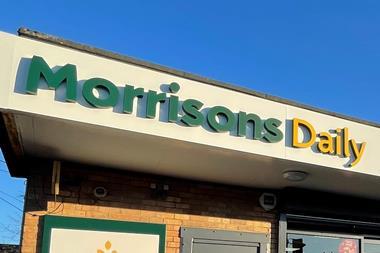
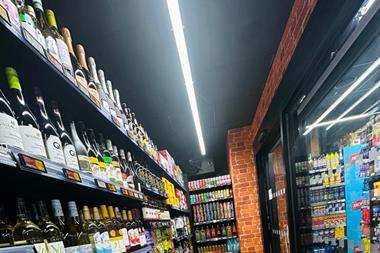
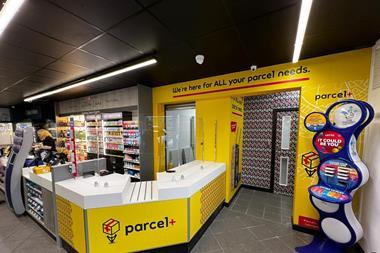

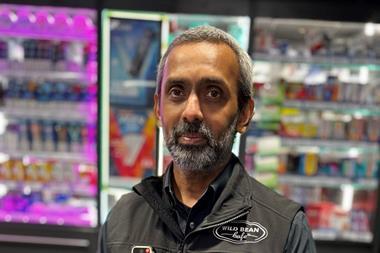
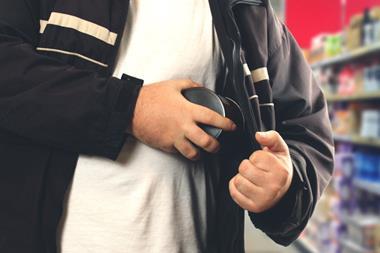
2 Readers' comments